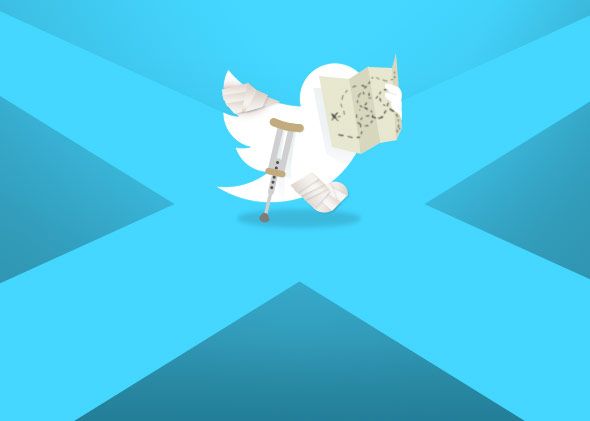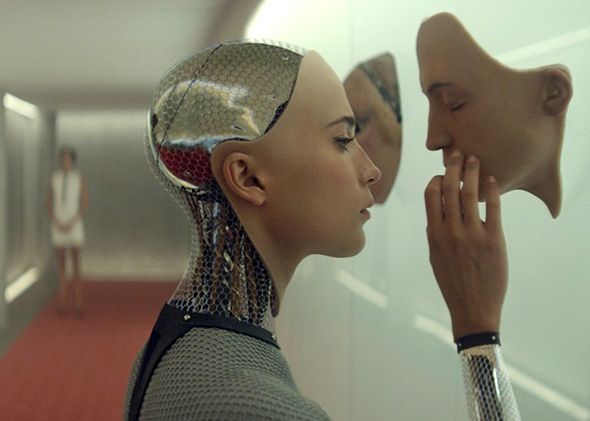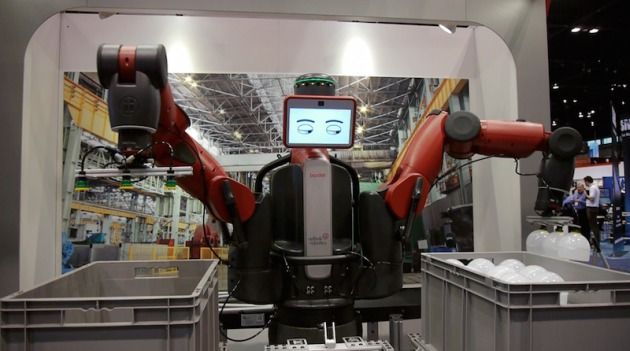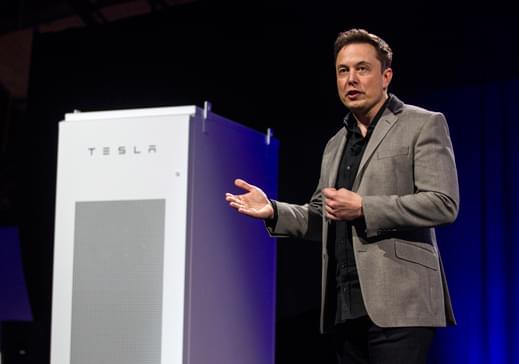But if so, it means the end of earth soon. This frequently published result is contradicted by no one in physics. The lobby just bets on the media remaining quiet.
It is ironic that so many physicists take their children hostage. This is because the media do not ask them why they are not afraid. For then they would start to stutter and their children would begin to ask questions. Even Stephen Hawking could no longer afford to skirt the issue.
The ultimate reason, of course, is Einstein. He alone can help. The “happiest thought of my life,” as he always said, has a further consequence (c-global). Ask your teachers about it. You will learn they have no idea. This is at the root of the problem: irrational dogmatism. Worse to date than in the middle ages because the consequences do not hurt a minority of women: this time around everyone is the victim.
The poor witches on the stakes probably foresaw it all since no one else had a closer look at the nature of human society. So only in Auschwitz later on, after the doors were closed. Please, do change your attitude, poor consensus-based society without a heart: Why not show the world that you love your children, my dear physicist colleagues? Do stand the trial that you are under in the face of a watching globe!
In June it might already be too late. So please, forgive me the urgency of my tone. Old men sometimes behave like this if no one is able to find the so vitally needed counter-information. None of my colleagues who unlike my friends John Wheeler and Bryce DeWitt are still alive dares say a word. If I were younger, I would probably understand their cowardice.
On the other hand, you see: It is normal that scientists do not care about the results of others. Max Planck said that it takes 30 years. Problem is only that we do not have those 30 years for once.
Why NOT have the UN or a single good journalist of high standing investigate? It costs nothing, after all.
And if a danger is infinite, taking it easy is somehow not justified, right?








